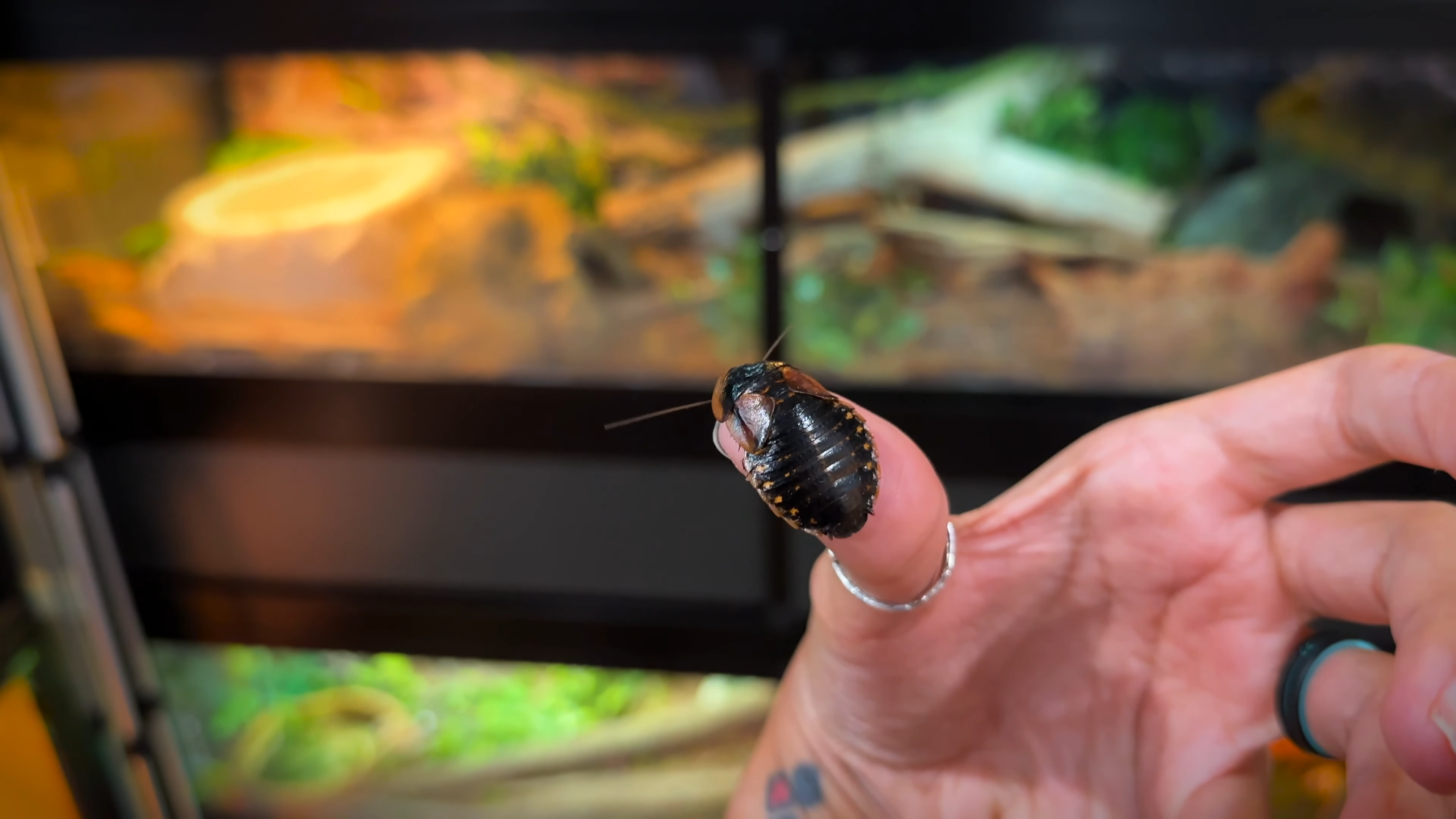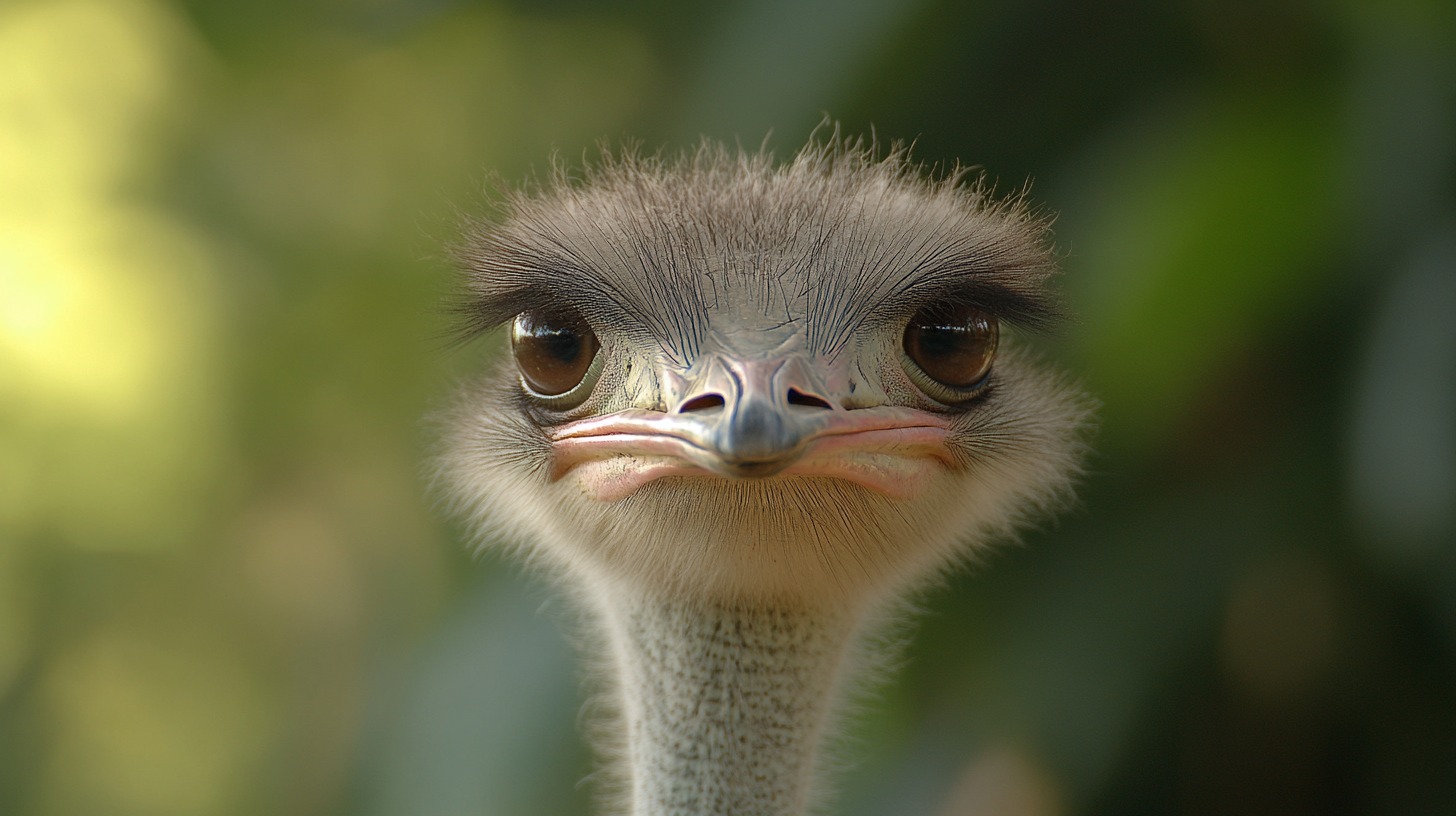
Share Post:
In the hidden depths of Indonesia’s peat swamps, a remarkable discovery has captured the attention of scientists worldwide. The world’s smallest fish, Paedocypris progenetica, measures a mere 7.9 mm at maturity, making it one of the tiniest vertebrates known. Found in Sumatra and Bintan, this tiny species thrives in highly acidic, low-oxygen environments, demonstrating incredible evolutionary adaptations.
Table of Contents
ToggleDiscovery and Habitat
| Key Fact | Details |
|---|---|
| Species | Paedocypris progenetica |
| Size | 7.9 mm (mature female) |
| Habitat | Peat swamps, blackwater streams |
| Location | Sumatra and Bintan, Indonesia |
| Discovered | 2006 |
| Conservation Status | Near Threatened |
Paedocypris progenetica was discovered in 2006 in the peat swamps and blackwater streams of Sumatra and Bintan, Indonesia. These tiny fish inhabit highly acidic waters, often resembling tea due to dissolved organic matter.
Their environment is characterized by low pH levels, typically ranging from 3.0 to 4.0, and low oxygen content, making it one of the most challenging freshwater habitats.
The peat swamps where Paedocypris petrogenetic is found are crucial ecosystems. These swamps are rich in organic material, which decomposes slowly due to the acidic conditions. This slow decomposition results in the release of tannins, giving the water its distinctive dark color. The fish’s small size is an adaptation that allows it to thrive in these conditions, as it can survive in tiny pools of water left after periods of drought.
The discovery of Paedocypris progenetica highlighted the biodiversity of Southeast Asia’s peat swamp forests. These ecosystems are home to a variety of unique species adapted to the harsh conditions.
However, they are also highly vulnerable to environmental changes. Habitat destruction due to logging, drainage for agriculture, and fires pose significant threats to these habitats, putting the survival of Paedocypris petrogenetic and other specialized species at risk.
Researchers continue to study these environments to understand better the adaptations and survival strategies of species like Paedocypris petrogenetic. Conservation efforts are crucial to protect these unique ecosystems and ensure the survival of their inhabitants.
Physical Characteristics
Paedocypris progenetica is notable for its exceptionally small size, with mature females measuring only 7.9 mm, making it one of the smallest vertebrates known. The males are slightly smaller, with a maximum recorded length of 9.8 mm. This species exhibits several unique physical adaptations suited to its environment.
Body Structure
The body of Paedocypris progenetica is slender and somewhat transparent, which helps it blend into its surroundings in the dark, tannin-rich waters. The fish has a reduced skeletal structure, with many bones remaining underdeveloped or cartilaginous. This lightweight and flexible structure is an adaptation to its tiny size and helps it maneuver through dense aquatic vegetation and narrow spaces.
Sexual Dimorphism
There are notable differences between males and females. Males have keratinized pads in front of their pelvic fins, which they use during mating. These pads are hypertrophied muscles forming a projecting knob. In contrast, females often have vestigial or absent pelvic fins. The males also develop a distinctive red coloration during spawning, with a red mark on their heads that serves to attract females.
Coloration and Markings
Paedocypris progenetica has a pale, translucent body, allowing for internal structures to be visible, which is a characteristic feature of many small, freshwater fish. This transparency helps camouflage the fish in its natural habitat.
Additionally, the species displays small chromatophores—cells that contain pigment—distributed across its body, which can create a mottled appearance that further aids in blending into the environment.
Morphological Adaptations
The fish’s morphology includes numerous small chromatophores on the abdomen and mid-dorsal line, organized in rows forming a broad stripe. These features, along with tiny black vermiculations on the belly, contribute to its camouflage. The reduced ossification of the ribs and other skeletal elements, along with a flexible cartilage structure, allows it to thrive in the highly acidic waters of its habitat.
Reproductive Behavior
Paedocypris progenetica exhibits unique reproductive behaviors that are finely tuned to its challenging environment. The species is known for its distinct sexual dimorphism, which plays a crucial role during mating.
Males develop specialized keratinized pads in front of their pelvic fins, which they use to grip females during the mating process. These pads are hypertrophied muscles that form a projecting knob, aiding in the attachment to the females.
Mating Rituals
Mating typically occurs under submerged leaves or other vegetation. Males establish breeding territories and exhibit courtship behaviors to attract females. When a male is ready to spawn, he positions himself under a leaf and performs a series of rhythmic movements to attract a nearby female.
Once a female is receptive, she joins the male beneath the leaf, and they invert themselves to deposit and fertilize eggs. The entire process is swift and often happens out of sight, making detailed observations challenging.
Egg Deposition and Development
Females lay spherical, adhesive eggs on the underside of leaves or other substrates. The eggs are translucent and adhere firmly to the surface. After fertilization, the eggs hatch within approximately 30 hours, depending on the water temperature. The larvae are tiny and remain attached to the substrate or aquarium glass until they are ready to swim freely.
Larval Stage
Raising the larvae of Paedocypris progenetica presents significant challenges due to their minute size and specific dietary requirements. The larvae require microscopic food sources, such as infusoria or other tiny planktonic organisms, to survive and grow. This stage is critical and demands careful attention from aquarists or researchers trying to breed the species in captivity.
Evolutionary Adaptations
The evolutionary adaptations of Paedocypris progenetica are a testament to its survival in one of the most extreme freshwater environments. These adaptations are not only physical but also genetic, allowing the species to thrive where many others cannot.
Genetic Simplification
Paedocypris progenetica has undergone significant genetic changes, losing many of its Hox genes and transposons. This reduction results in a simplified genome, which in turn affects its physical development.
Many of the fish’s skeletal elements remain underdeveloped, and it has a largely cartilaginous skull. These genetic adaptations reduce the energy and resources needed for growth, enabling the fish to survive in nutrient-poor environments.
Size and Survival
The small size of Paedocypris progenetica is a critical adaptation for survival in its habitat. The fish can live in tiny water bodies that form during dry seasons, such as small puddles left after the water recedes. This ability to inhabit minimal water volumes provides a refuge during periods when larger bodies of water dry up.
Osmoregulation
Living in highly acidic waters with low pH levels requires efficient osmoregulation. Paedocypris progenetica has developed physiological mechanisms to maintain internal ion balance and avoid the detrimental effects of the acidic environment. This adaptation is crucial for its survival in the peat swamps and blackwater streams it inhabits.
Conservation Status and Challenges
Paedocypris progenetica is classified as Near Threatened by the IUCN Red List, reflecting the significant challenges it faces in its natural habitat. The primary threat to this species is habitat destruction, driven by human activities such as logging, drainage for agriculture, and forest fires.
Habitat Loss
The peat swamp forests of Sumatra and Bintan are rapidly disappearing due to deforestation and land conversion. These activities drain the swamps, alter the water chemistry, and destroy the unique ecosystems that Paedocypris progenetica relies on. As these habitats shrink, the fish populations decline, making conservation efforts increasingly urgent.
Environmental Sensitivity
The specialized habitat requirements of Paedocypris progenetica make it highly sensitive to environmental changes. Even slight alterations in water pH, temperature, or oxygen levels can have severe impacts on its survival. This sensitivity underscores the importance of maintaining pristine conditions in its natural habitats.
Conservation Efforts
Conservationists are advocating for the protection of peat swamp forests to preserve the biodiversity they support, including Paedocypris progenetica. Efforts include raising awareness, promoting sustainable land-use practices, and implementing protective regulations to prevent further habitat destruction.
Additionally, research into the species’ biology and habitat needs helps inform conservation strategies aimed at ensuring its survival.
Last Words
Paedocypris progenetica is a remarkable species that exemplifies the incredible adaptability of life. Its discovery and subsequent research highlight the need for ongoing conservation efforts to protect the fragile ecosystems it inhabits. By preserving its habitat, we can help ensure that this tiny fish continues to thrive in the wild.
Related Posts:















